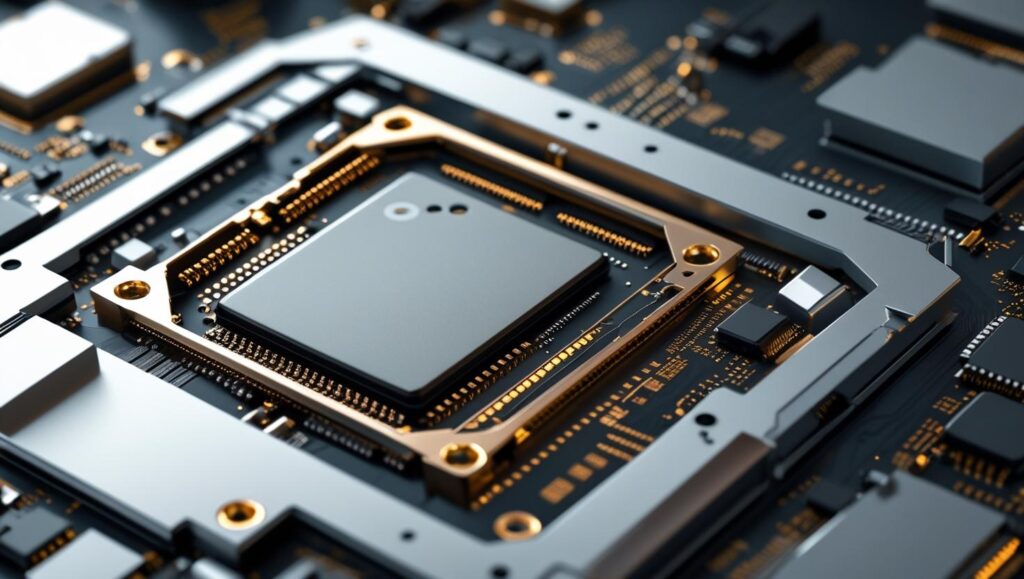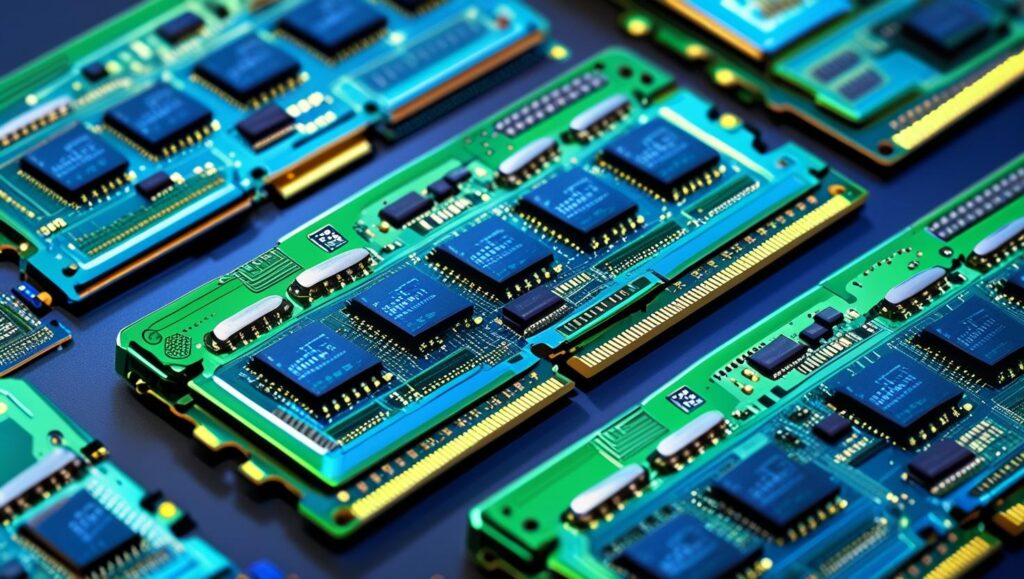In today’s digital age, a laptop is no longer a luxury — it’s a necessity. How to choose the best laptop in 2025 to match your needs can be confusing. With new technologies emerging every day and tech brands introducing new models and standards, the choices can feel overwhelming. Many first-time buyers make mistakes when purchasing a laptop without prior research
There are hundreds of laptop models available from various brands, each with different specifications — from screen sizes and processors to RAM (Random Access Memory), storage type, and graphics capabilities. This guide will help you how to choose the best laptop in 2025 for personal or professional use by explaining the key features to consider.
How to choose the best laptop in 2025: Use and Budget
The first question you should ask yourself is: “What will I use this laptop for?”
Will it be for online classes, programming, graphic design, office work, or gaming?
Once you know the purpose for which you’ll be using your laptop, it becomes much easier to determine the specifications you need.
- For students who carry their laptops daily to their school, college, or university, a 13–14-inch screen size is ideal because it’s lightweight and portable.
- For office work where mobility is less important, you can opt for a larger screen size — 15 to 17 inches — for better visibility and multitasking.
From a budget perspective, you have two options:
- Buy new – Recommended if you have the budget, as it ensures warranty and better reliability. Manufacturers can provide you with assistance for any issues that arise for 6 months to 1 year.
- Buy used/refurbished – Suitable for tighter budgets, but requires careful inspection. Each and every device must be checked before buying. Devices that must be checked are explained in section 4 “checking essential hardware”.
You can buy a laptop from an online store or a physical laptop store. If possible, visit a physical laptop store before buying. This way you can check:
- Screen size and display resolution
- Sound quality and camera clarity
- Keyboard comfort and layout
Choosing the Right Processor (CPU)
The CPU (Central Processing Unit) — also called the processor or chip — is the brain of your laptop. The three main CPU manufacturers are Intel, AMD, and Apple Silicon.
- Intel: Known for the Core “i” series — Core i3, i5, i7, and i9. As of 2025, Intel’s latest is the 15th generation.
- Example: Intel® Core™ i5-6300U — here, the “6” indicates it’s a 6th-generation processor.
- AMD: Known for the Ryzen series — Ryzen 5, Ryzen 7, and Ryzen 9. AMD’s latest CPUs are excellent for gaming and multitasking.
- Apple Silicon: Used in MacBooks, known for power efficiency and strong performance in creative workflows.
- Recommendations:
- You can go for any brand like HP, Dell, Asus, Samsung or Acer because all of these come with the same Intel’s processors. Important is the processor’s generation. Latest generation processors mean high speed and good efficiency.
- For professionals (designers, programmers, heavy software users): Core i5 or i7 with at least a 12th–13th generation processor.
- For students: At least 10th–11th generation processor for smooth performance in everyday tasks.

Central Processing Unit
RAM, Storage, and Graphics Card
RAM (Random Access Memory) stores programs that are open and being processed by the CPU. . The more RAM you have, the more applications you can run at once.
- Minimum RAM required: 8GB
- Recommended: 16GB or 32GB for professionals and gamers
- Most laptops have two RAM slots, allowing future upgrades.

RAM (Random Access Memory)
Storage has shifted from older HDDs to faster SSDs (Solid State Drives):
- SSDs are up to 3x faster than HDDs.
- Common capacities: 256GB, 512GB, or 1TB.
- Types:
- M.2 SSD – slim, stick-shaped like RAM; faster and more common in modern laptops.
- 2.5-inch SSD – shaped like old hard drives; generally more expensive.
Graphics Cards:
- Integrated graphics Card– Built into the CPU, sufficient for basic tasks.
- Dedicated graphics Card
- – Separate GPU (2GB, 4GB, 8GB, or more) for gaming, 3D design, and video editing. These laptops are more expensive but essential for high-end graphics work.
Testing Essential Hardware
If you buy a new laptop, hardware issues are rare due to manufacturer testing. But with used or refurbished laptops, you must check carefully. How to choose the best laptop in 2025, following device must be checked:
Checklist:
- Keyboard – Use an online keyboard tester to ensure all keys work.
- Speakers – Play audio or test via Windows sound settings.
- Battery Health –
- Check design capacity vs full charge capacity.
- A healthy battery should give 3–8 hours of backup.
- To check battery health:
- Open the Start Menu → type “cmd” → right-click “Command Prompt” → select “Run as Administrator.”
- Type powercfg /batteryreport → press Enter. This generates a detailed battery report.
- Wi-Fi – Ensure the Wi-Fi icon is active and drivers are installed.
- Webcam – Search “camera” in the Start Menu to test.
- Keyboard Backlight – Useful for typing in low light.
- Device Drivers – If a hardware device is not working properly, then there is a chance that its device drivers may not be updated. Right-click “This PC” → “Manage” → “Device Manager.” If any device has a yellow warning icon, update its driver (requires an internet connection).
Final Thoughts
How to choose the best laptop in 2025 depends on your needs, budget, and understanding of key specifications like CPU, RAM, storage, and graphics. Always check hardware functionality — especially if buying used — and make sure the laptop fits your usage habits.
By considering these factors, you’ll be able to make a smart purchase that will serve you well for years to come.
To check news about the latest generation of Intel processors, check Intel’s official website by clicking the following button
